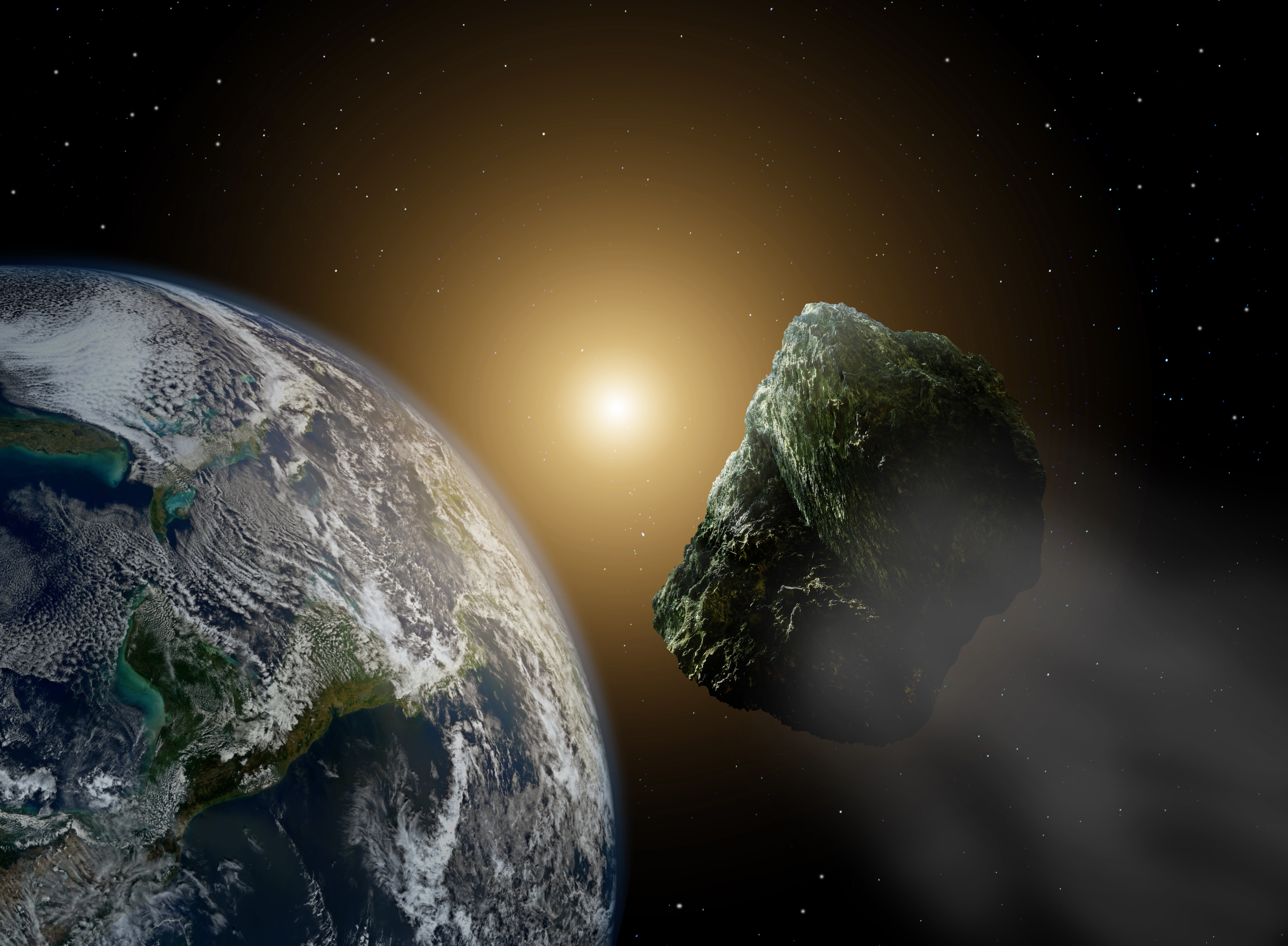Large, potentially hazardous asteroid to pass near Earth in early March
Asteroid 138971 (2001 CB21) is more than a kilometer wide, but Nasa estimates it will pass well outside the orbit of the Moon at its closet approach to Earth in March

Nasa is tracking an asteroid larger than the world’s tallest skyscraper that’s expected to pass close to Earth on 4 March.
But though the space agency categorizes the asteroid as “potentially hazardous,” the closest the space rock will pass near Earth is around 4.9 million kilometers – well outside the average orbit of the Moon at 385,000 kilometers.
Asteroid 138971 (2001 CB21) is just one of more than 25 objects that will pass near the Earth between 3 February and 4 March, according to tracking data from the Center for Near Earth Object Studies at Nasa’s Jet Propulsion Laboratory (JPL), many of which will pass much closer to Earth.
But asteroid 138971 (2001 CB21) is by far the largest of the near Earth objects passing near Earth in the coming weeks. With a diameter of between 560 and 1,300 meters, the asteroid would stand a head above the 830-meter Tall Burj Khalifa skyscraper in Dubai.
The most recent close approach of another asteroid of this size was the 18 January flyby of asteroid 7482 (1994 PC1), a 1,000-meter diameter space rock that passed a little less than 2 million kilometers of Earth.
JPL considers any asteroid of at least 150 meters diameter passing within 7.5 million kilometers of Earth — 19.5 times the distance to the Moon — to be potentially hazardous. An asteroid of 100 meters diameter impacting the Earth would generate an explosive force 10 times that of the 14 January, 2022 volcanic eruption in Tonga.
The close approach of asteroid 138971 (2001 CB21) comes days after 31 January announcement by Nasa of a significant upgrade to the Asteroid Terrestrial-impact Last Alert System, or ATLAS, an array of four telescopes used by the space agency’s Planetary Defense Coordination Office to track potentially hazardous asteroids.
ATLAS began operations in 2017 using two telescopes in Hawaii, but the addition of two additional telescopes — one in South Africa and the other in Chile — now allow ATLAS to image the entire night sky every 24 hours. ATLAS can provide several days warning for close approaches by asteroids as small as 20 meters, and weeks of warning for asteroids around 100 meters. The program has detected more than 700 near Earth asteroids.
Asteroid 138971 (2001 CB21) is not a recent ATLAS find, however but was discovered by MIT’s Lincoln Near-Earth Asteroid Research (LINEAR) program in 2001, and so its passage through the Solar System is well characterized. Its closest expected approach to Earth will bring it within around 3.6 million kilometers of our planet — but not until 6 March, 2148.
For the curious, Nasa JPL maintains an asteroid watch webpage that is regularly updated to show the next five near-Earth asteroid approaches, giving the date each space rock will pass near our planet, how close it will pass by, and its size along with a terrestrial comparison.
Asteroid 2022 AA, for instance, will pass around 2.5 million kilometers from Earth on 4 February, and at around 40 meters diameter, is roughly “airplane size.”
Join our commenting forum
Join thought-provoking conversations, follow other Independent readers and see their replies
Comments